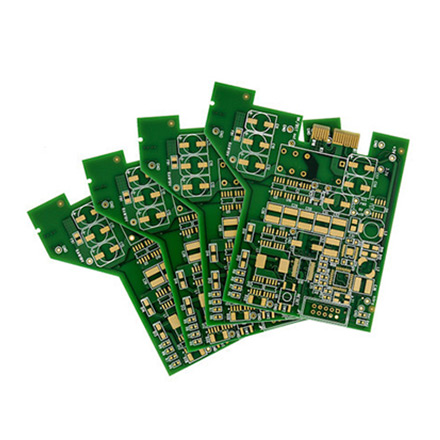

The Versatility and Aesthetics of Sliding Window Reflective Glass
In contemporary architectural design, the use of sliding window reflective glass has become increasingly popular, not only for its aesthetic appeal but also for its functional benefits. This innovative material serves as a perfect blend of beauty and utility, transforming spaces while enhancing energy efficiency.
Sliding window reflective glass is characterized by its ability to reflect sunlight while still allowing natural light to permeate the interior. This distinctive feature is achieved through a specialized coating that reduces glare and minimizes heat absorption. As a result, spaces equipped with this type of glass maintain a comfortable temperature, reducing reliance on artificial heating and cooling systems. The energy efficiency achieved with sliding window reflective glass contributes to sustainable building practices and can significantly lower energy bills.
From a design perspective, sliding window reflective glass offers a modern and sleek look, making it an ideal choice for both residential and commercial properties. Its reflective properties create dynamic visual effects, allowing buildings to mirror their surroundings and blend seamlessly into the environment. This ability to reflect the sky’s colors and nearby landscapes not only enhances the visual appeal of structures but also fosters a stronger connection between the interior and the outside world.
One of the key advantages of sliding window reflective glass is its versatility
. It can be used in various architectural styles, from minimalistic apartments to expansive office buildings. Moreover, designers can utilize this material in different configurations, whether as large panels that open to scenic views or smaller units that ensure privacy without sacrificing natural light. This flexibility allows architects to implement sliding reflective glass in a manner that complements their overall design vision.
Another significant aspect of sliding window reflective glass is its contribution to privacy. The reflective coating creates a barrier that makes it more difficult for passersby to see inside while still allowing occupants to enjoy the view outside. This balance between privacy and visibility is particularly beneficial in urban settings where buildings are in close proximity.
Safety is another crucial factor to consider. Sliding window reflective glass is available in tempered or laminated forms, which enhance durability and reduce the risk of shattering. This level of safety is essential in both residential and commercial spaces, providing peace of mind to building occupants.
Moreover, the maintenance of sliding window reflective glass is relatively straightforward. Its smooth surface helps repel dirt and grime, making cleaning less cumbersome compared to traditional window options. Regular maintenance ensures that the reflective properties remain effective, preserving both the aesthetic and functional benefits over time.
In conclusion, the incorporation of sliding window reflective glass into architectural designs redefines how spaces are experienced. Its ability to blend aesthetics with functionality, energy efficiency, and safety makes it a favored choice for modern buildings. As more architects and homeowners embrace this innovative material, sliding window reflective glass is poised to remain at the forefront of cutting-edge design trends, ultimately enriching our living and working environments.